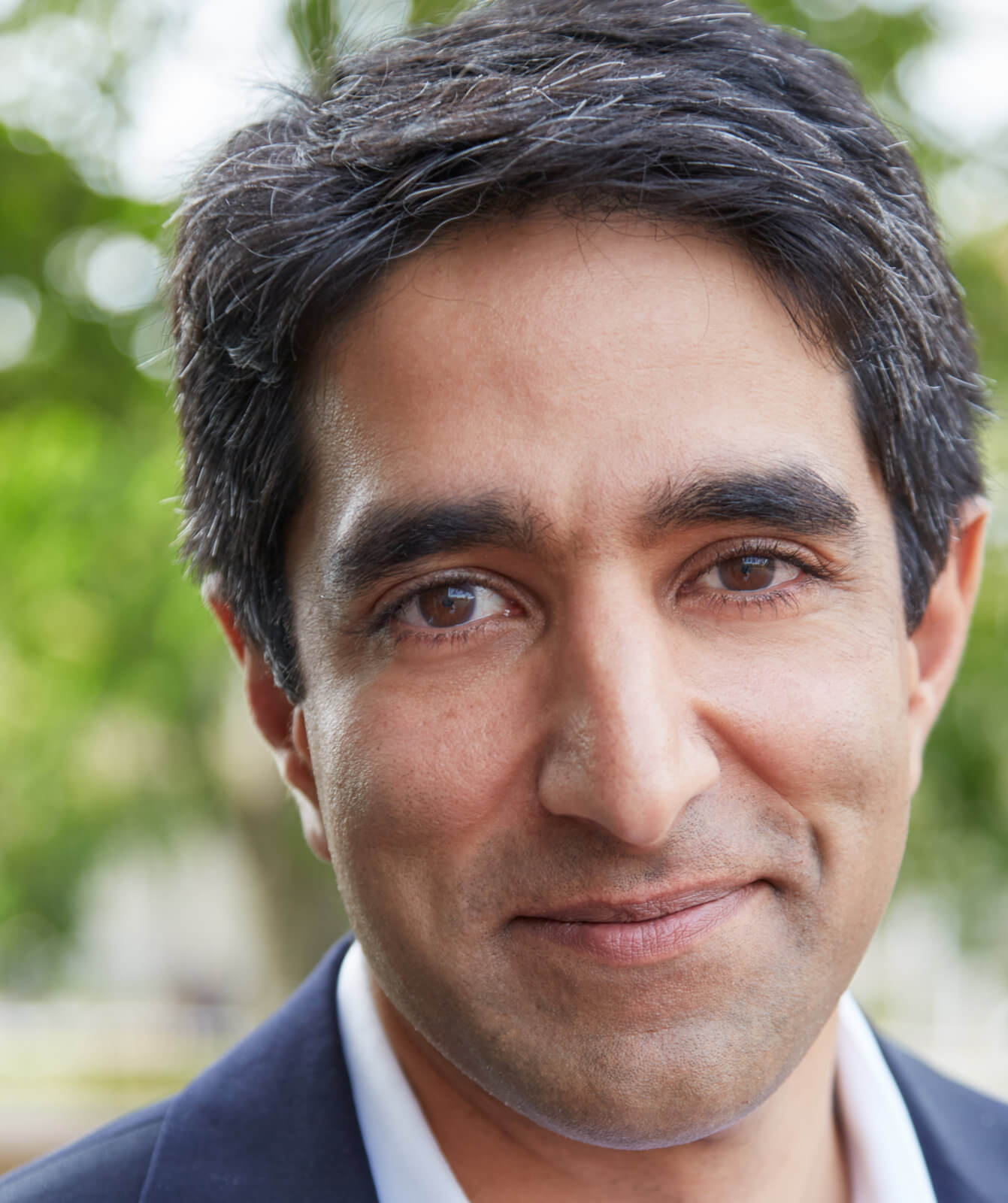Barbara Epstein You have a long history of grassroots activism. Tell me about your resistance to the Route 17 expansion, and why you felt you had to take action.
Arif Khan I read in the Wallkill Valley Times that Senator Chuck Schumer has been pushing again to “improve and expand” Route 17 by adding a lane in each direction. All the press has been positive, like it’s progress. I admit I’m generally against highway widenings, and this section of highway really doesn’t have traffic. A lot of studies show that adding a lane actually attracts more vehicle traffic; it’s called induced demand.
I think $500 million for a project that doesn’t add value isn’t worthwhile. I reached out to organizations that I thought would be against it, and I thought the Loebs might know groups that could be allies. The Loeb Fellowship email list is a really valuable resource.
In general, the groups I called were opposed, but they didn’t have the capacity to mount a campaign. One organization said it’s too big to fight because there’s 15 years of inertia behind it and a lot of money spent on first studies. They didn’t think they could win, which only emboldened me to work on it.
Finally, in response to an email about why I thought it was boondoggle, Catskill Mountainkeeper asked to have a chat. They offered me a small contract to produce a report about who’s behind it and why, what’s the value, and who’s opposing, which I did. I recommended building a coalition, writing a letter to the governor, and doing some kind of public campaign.
BE Sometimes something like this starts when there’s an expressed community need, but in this case you were following your gut.
AK Each step spurred me on, in a way. I contacted proponents, like one community organization whose website talks about livability, smart growth, transit, and creating great places, and I thought, this is weird, why are they supportive of this highway idea? When I talked to the director she told me she was glad I’d reached out, because she’d had trouble supporting it, but her board overruled her. When I gave her the facts I discovered, she said she was going back to convince her board to leave the “pro” coalition.
The Loebs provide great connections, but the best connection was from my neighbor, an interior designer with a background in local media. I was looking for a journalist, but the person he suggested was his old neighbor and friend, the former chief engineer of the State Department of Transportation. That guy told me that indeed this had no value for transportation, and he thought it was a travesty. He gave me great information about the process and how it can be stopped.
This 45 mile roadway goes through two counties in the Hudson Valley. The former planning commissioner of Orange County also had tried to get his county not to endorse it, and he shared his memo with the reasons for his opposition.
I wasn’t looking to run a new campaign, but there was a terrible gap of no one coordinating a response or opposition. I don’t like being a NIMBY and saying no to stuff, but ultimately what drove me was the opportunity cost of an unnecessary project. If there’s so much money to spare, why not use it for repairs on existing roads and bridges, and, ideally, support of transit and biking and walking?
It upset me that Senator Schumer frames himself as a climate and transit champion but is strongly behind this. His office didn’t respond to my outreach, but Congressman Delgado’s office asked for more info.
